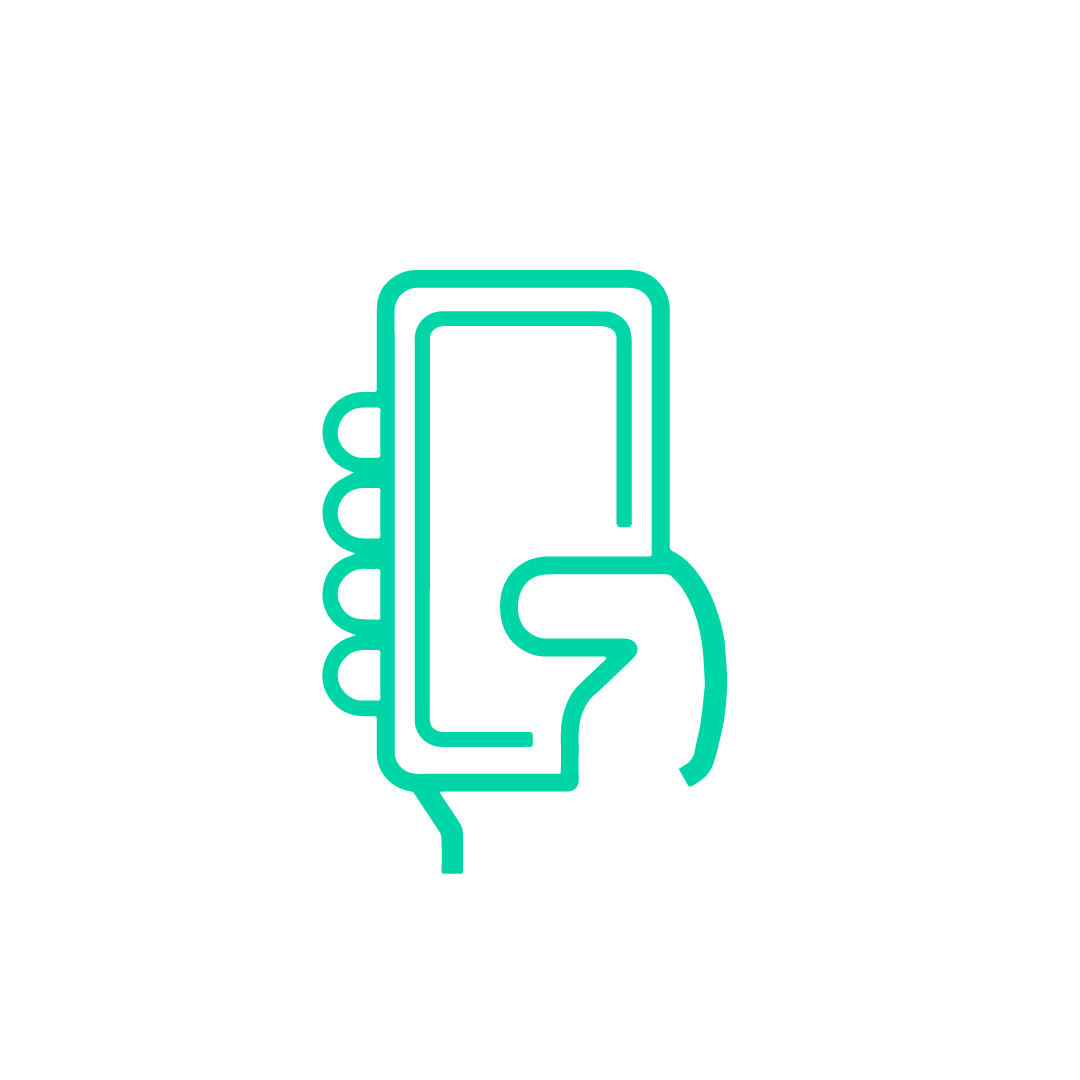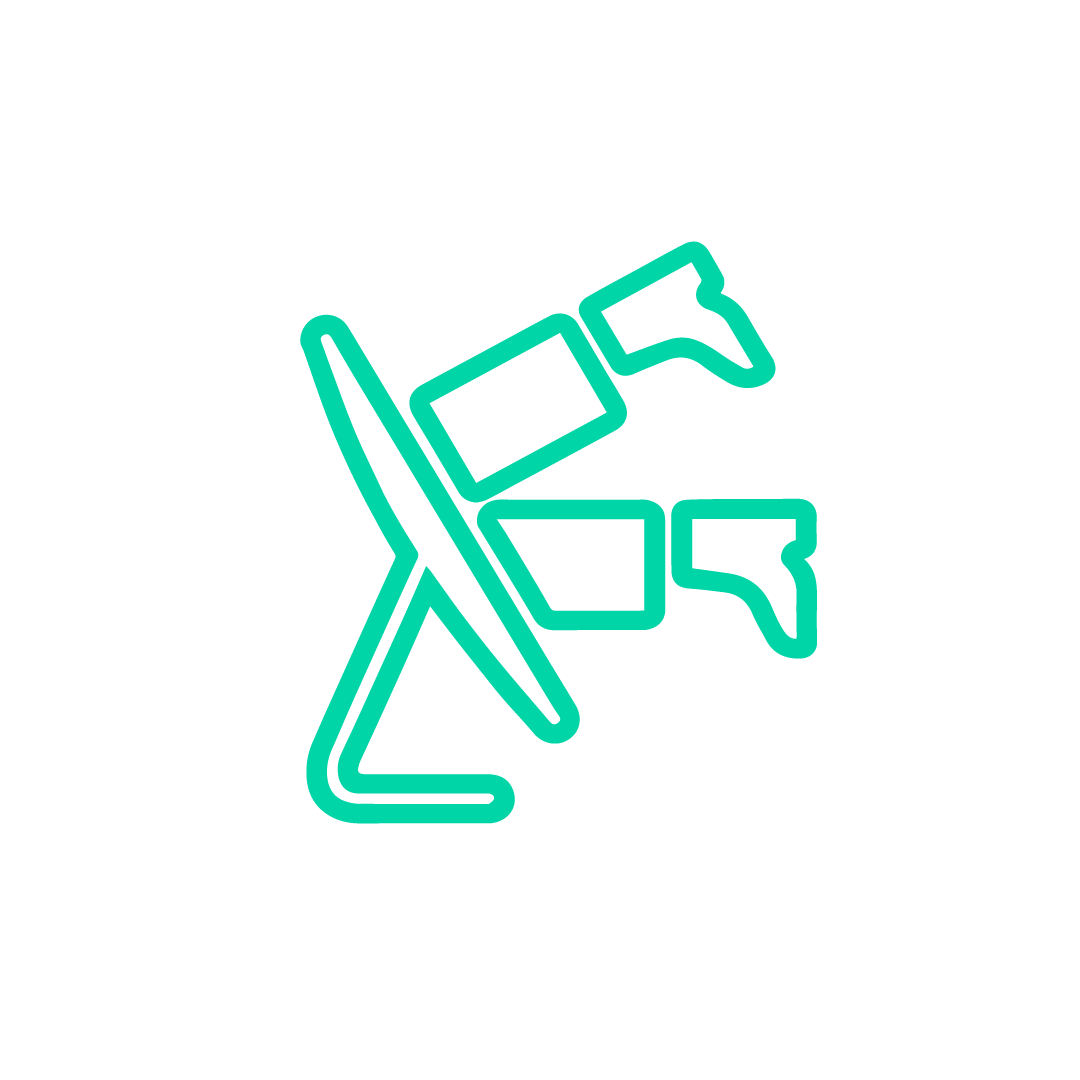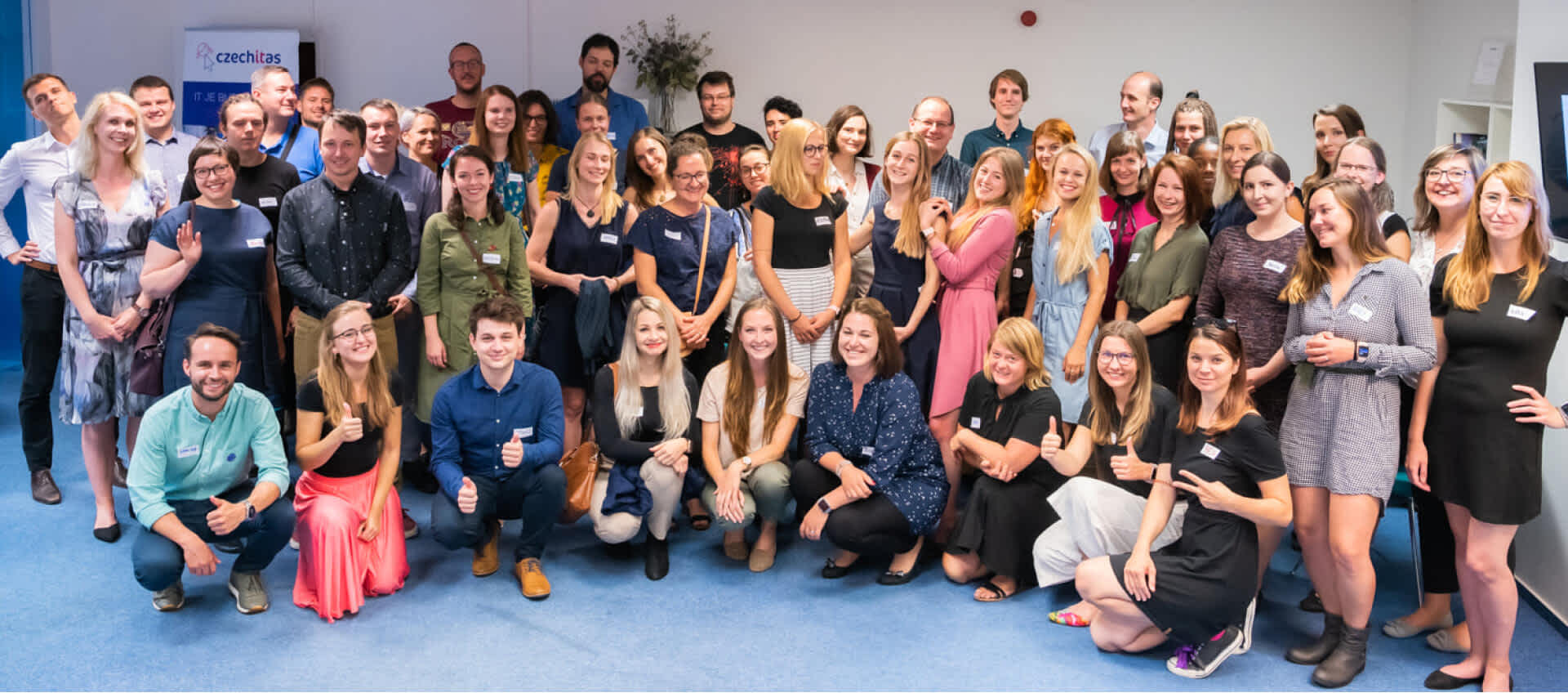AR - Don’t just do it for the sake of it!

So most of us are familiar with AR. If you've not seen it in action, you've absolutely heard about it. Let's start with what it actually is and what all the hype’s about. Augmented Reality (AR) is a digital visualisation tool that enhances the real-world environment. It does this with overlaid 3D generated objects that can also have multiple sensory feedback - visual, auditory, haptic & somatosensory.
AR is a form of media that allows the user to engage spontaneously, on their terms, and not the brand's. But, as with all other brand interactions, any experience created using AR has to ladder back up to the brand’s purpose and mission, and offer something engaging and relevant to consumers.
So how do you decide then whether or not you need an AR experience, and not just because you got some free media spend? Below are a few simple questions we can use to help your brand answer that very question.
What is driving your brand's need for an AR experience?
Is it the current trend within your market sphere? If that is the case, doing AR for the sake could hurt the brand if it’s not planned correctly. Your need could also miss the moment/trend and leave you out of step with others. Timing isn’t everything: an AR experience that addresses a problem or opportunity that the customer needs with some thought could be the killer answer.


What do you expect this to do for the brand? What’s the ROI? What does success look like?
For example, if you are a Fashion brand you could use AR to increase customer engagement. Consumers just need a smartphone, which means you’re less limited on when and where you communicate. As the brand, you could create 3D clothes / shoes / hats etc that gives the users the chance to ‘try before they buy’ - a popular trend, as it immerses the consumer in the brand and increases trust through greater transparency.
This then leads to an increased conversion rate as they are more likely to buy the product with confidence. Additionally, if they’ve tried the item before ordering then they’re less likely to return it, creating cost savings.
You also stand to also benefit the environment - perhaps this is a story you can share with your consumers to encourage them to use the service.
First, who is the audience and how do you engage with them already? The likelihood is that you are using social media to achieve this. Instagram/Facebook, SnapChat & TikTok APPs all have great AR capabilities that quick and low-cost build experiences could service. In most cases, these are those short ROI aims like selfies.
However, what about longer term?
If you have a large inventory of, say, white goods with exciting 3D model assets, then using your current e-commerce would make more sense.
WebAR is the solution using external third party libraries 8thWall, Zappar, Aircard to tap into the inventory without having to rebuild anything. Also, one of the main benefits of WebAR is that you don’t actually need an APP. WebAR uses the browser on your phone, which means there’s no barrier to engagement. More people can therefore experience AR without limitations.

This is just a little taster of the world of AR and its potential for brands. Used in the right way, that’s relevant for consumers’ and additive to their experience of and relationship with your brand, it can be a gamechanger.
Get in touch if you want to talk about your brand’s potential, and how to avoid just ‘doing AR’ for the sake of it.
Nate the XRGuy.
Let's talk
Got a business challenge that’s looking for an innovative digital solution? Or, perhaps you’re interested in joining our collective of digital pioneers? Maybe you just want to know a little more about what we do. In any case, we’d love to hear from you.


